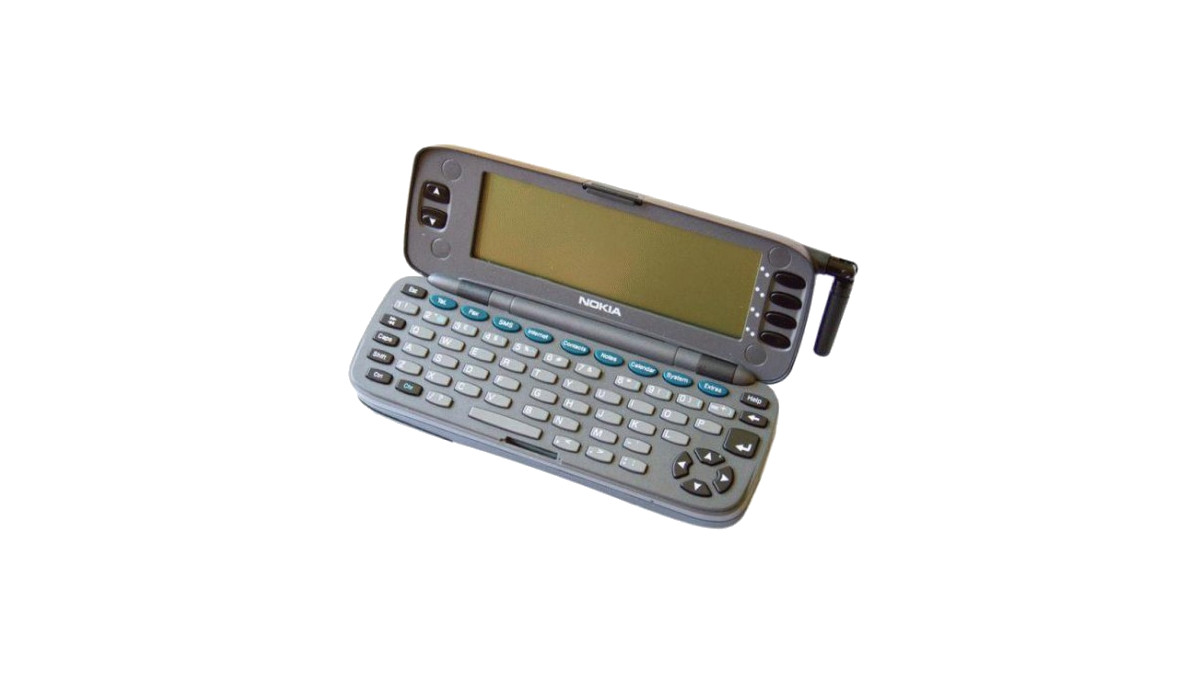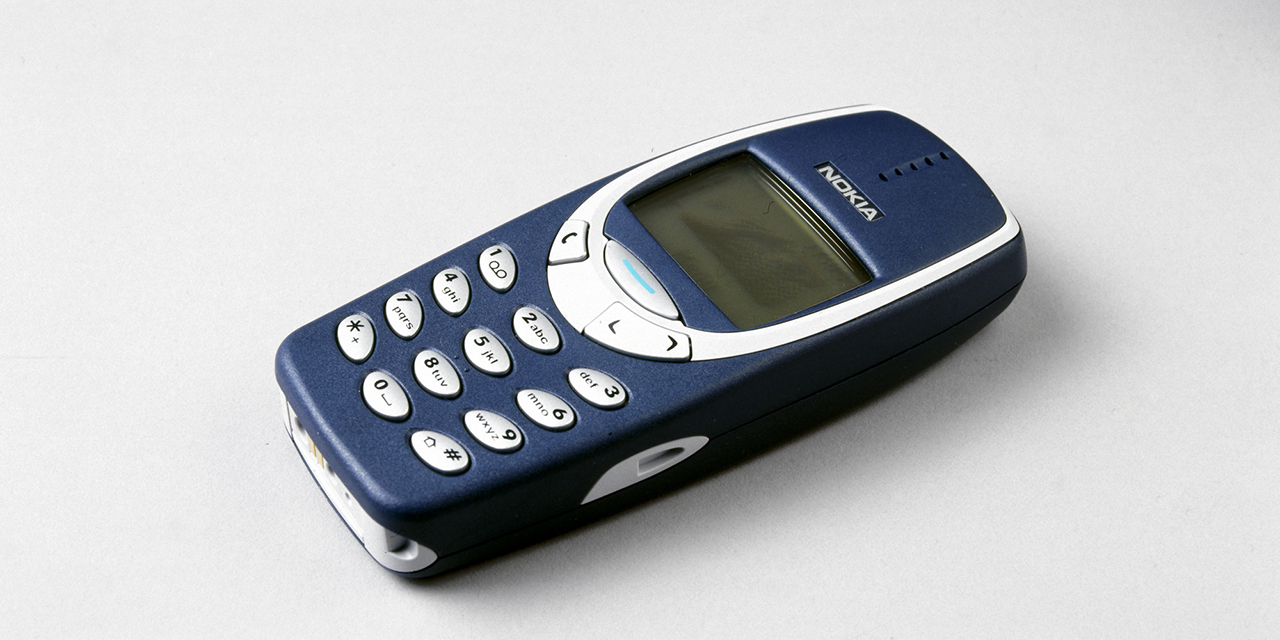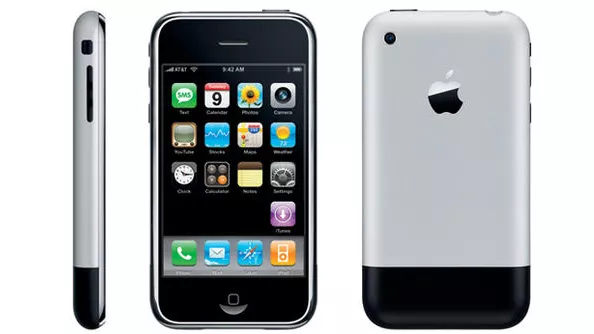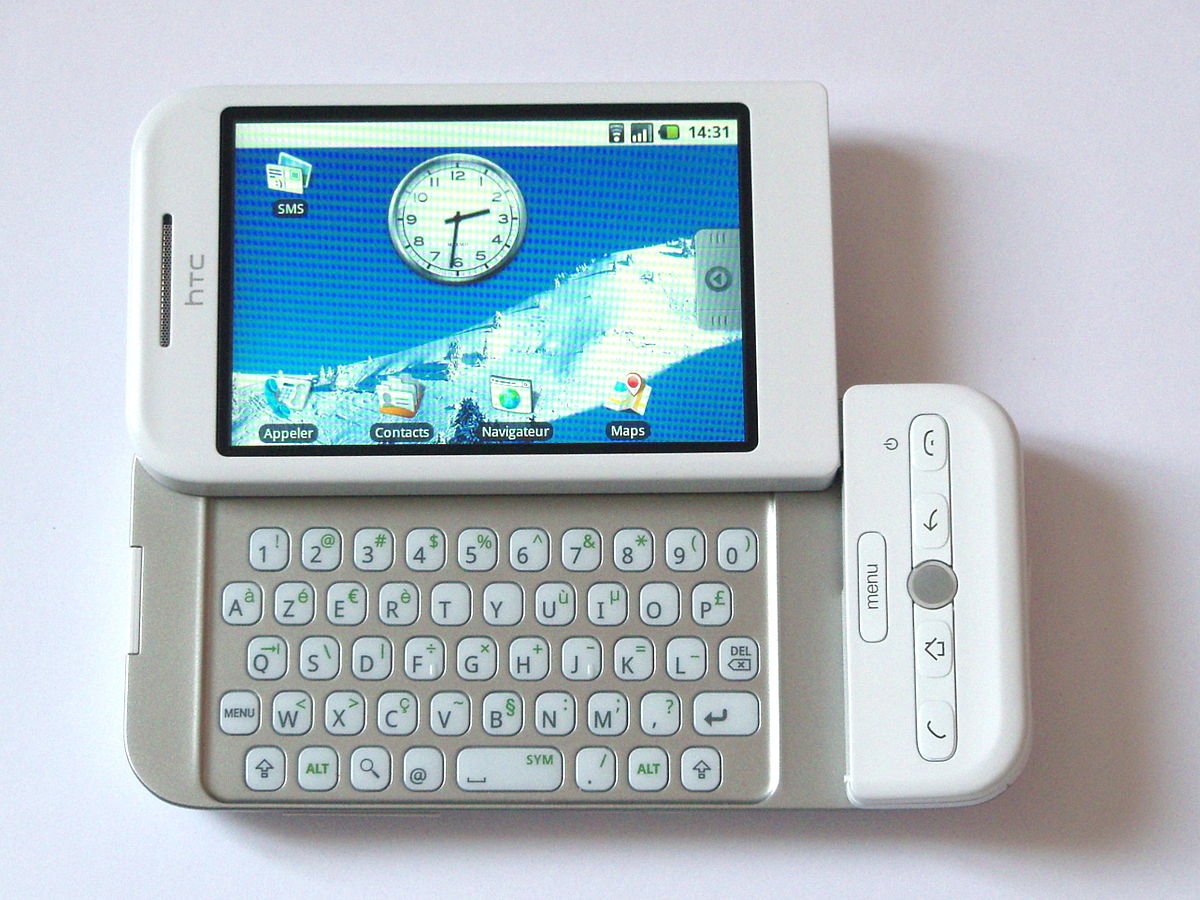Phones that had a lasting impact
Robert Triggs / Android Authority
Motorola engineers Martin Cooper and John F. Mitchell likely had no idea what impact their invention, the cellular phone, would have on all of humanity when they made that first call on April 3, 1973. The original cell phone, the Motorola DynaTAC, was a massive brick of a thing that was all battery and cost $4,000. While the DynaTAC introduced people to the very idea of the cellular phone, the mobile devices we all carry in our pockets were popularized over the years by smaller, more affordable fare.
What makes a phone influential? Not just sales. A phone has to introduce a new feature, a new functionality, or an entirely new way of doing things to be considered influential. It has to have a lasting effect on what comes after it. The following devices make Android Authority‘s list of most influential phones for their impact on the greater market.
Motorola StarTAC (1996)

The Motorola StarTAC was an instant hit even at $1,000. It was the first popular clamshell phone and reached total global sales of 60 million. The phone was even a hit with filmmakers, as it appeared in movies and television shows during the late 1990s thanks to the flip action of the clamshell.
The StarTAC influenced generations of flip phones.
The StarTAC was sold in a number of different models over the years and came with the ability to send and receive SMS messages, a vibrating alert, and swappable external batteries. It was incredibly small at the time, weighing in at just 88g. If you had some cash to spare, the Motorola StarTAC was the phone you bought. The StarTAC influenced generations of flip phones.
Related: The best 5G phones you can buy right now
Nokia 9000 Communicator (1996)

The Nokia 9000 Communicator was ahead of its time, ensuring it makes our list of the most influential phones. You could call it a progenitor to the modern smartphone in terms of features, but not necessarily the form factor, which was a sideways clamshell. It was a phone combined with a miniature laptop and data modem that targeted business users.
Key features included a 24MHz Intel CPU with 8MB of memory for apps and user data. It boasted a full QWERTY keyboard as well as a 640 x 200 display. The Nokia 9000 Communicator included a fully functional phone on the front, and a lightweight smart platform for sending and receiving emails, browsing the web, and running business apps on the inside. It was a monster, weighing 397g.

The Nokia 3310 stood out for two reasons: its legendary durability and its instant messaging-like chat function. The 3310 was an update to an already popular device, the 3210, but it took things a step further.
The phone smartly added a chat app that permitted people to send longer messages than your typical text message.
Nokia didn’t market the 3310 as a rugged phone, but surely it was. Its outer plastic shell could handle all sorts of abuse. The Nokia 3310 also featured swappable Xpress covers that allowed owners to customize their phones with different colors and patterns. The phone smartly added a chat app that permitted people to send longer messages than your typical 160-character text message. This made the phone extremely popular with texting enthusiasts. Nokia tossed in several other nice-to-have features, such as a reminder app, a stopwatch, a calculator, and several games, including Snake.
With global sales of 126 million, it wasn’t quite the success of the 160-million-selling 3210, but it was a more influential phone overall thanks to its messaging tools.
See also: The best dumb phone you can buy right now
Palm / Handspring Treo 180 (2002)

Some might argue about which Treo is the most important, but it was the 180 that combined a PDA with phone calling capabilities into the same device in the Treo line. That alone was a big first step for Palm and Handspring.
This interesting piece of hardware featured a monochrome, resistive touch display and QWERTY keyboard, as well as a flip-up lid that covered the screen and acted as an earpiece when open. Other specs included 16MB of memory and a 33MHz Dragonball processor. This phone set the stage for Treos to come, particularly the Treo 600 and 650, which were hugely popular with business users in the 2000s.
Motorola RAZR (2004)

The Motorola RAZR was one of those phones that everyone lusted after, earning it a well-deserved place on our list of most influential phones. It took the clamshell form factor to the max with svelte lines and a metal build. The RAZR retailed for $400.
It was among the most important fashion phones and went on to sell more than 130 million units. Like the StarTAC, it was popular with celebrities and in Hollywood. It was mimicked by competitors, which later came out with their own trim clamshell designs. The Motorola RAZR was an icon in its own time. Motorola recently resurrected the RAZR to hop on the foldable bandwagon.
Related: A flood of new foldable phones may be on the way this summer
BlackBerry Curve (2007)

Similar to Palm’s line of Treos, we could debate all day which was the most influential BlackBerry. Was it the 6210, or the 7290? For our money, we peg the Curve as the most important ‘berry because it was parent company Research In Motion’s first real stab at appealing to the mass market. And appeal it did. The Curve was a big seller for RIM, which went on to make a wide variety of Curve devices over the years.
The BlackBerry Curve was many peoples’ first smartphone.
The Curve took the popular trackball feature from the BlackBerry Pearl and stuck it in a more user-friendly device than older BlackBerries. It featured a full QWERTY keyboard, as well as a color screen. Some specs included a 312MHz processor, 64MB of storage, 16MB of RAM, and a camera. Some variants had Wi-Fi and others had GPS. The BlackBerry Curve was many peoples’ first smartphone.
More reading: These are the best Blackberry phones (hint: There aren’t that many options)
Apple iPhone (2007)

The original Apple iPhone is perhaps the most influential phone to ever reach the market. It wasn’t the biggest seller, nor the best piece of hardware, but it was a collection of ideas that were executed well for the first time in a single device.
The big change introduced by Apple was the all-screen design. Sure, other phones of the time had big screens, but many still relied on a series of buttons to control parts of the user interface. With the iPhone, the entire user interface was dealt with on the touchscreen itself. The home button only served to exit out of apps and take you back to the home screen. Another big advancement introduced by the iPhone was the (nearly) full-powered browser. It delivered a much richer web browsing experience when compared to other phones on the market, which often defaulted to text-only representations of websites. It also integrated with the iTunes Music Store, which was a big deal at the time.
The first iPhone set the stage for more iPhones and, more importantly, the App Store, which would revolutionize the way people consume mobile applications.
See also: The best iPhone holders and mounts for your car
HTC Dream / T-Mobile G1 (2008)

How could we not love the first Android phone? The HTC Dream, sold by T-Mobile as the G1, was the very first Android phone to reach the market. Too bad it was a bit of a mixed bag.
How could we not love the first Android phone?
The hardware was janky thanks to the weird swivel mechanism that controlled the screen’s sliding display. The buttons of the QWERTY keyboard were mushy, and the overall performance of the phone was shaky — but it taught us a lot. For instance, not long after it hit store shelves people learned the bootloader could be unlocked for root access. That made it an instant hit with the coding community.
The Dream may not have been HTC’s finest effort, but it cemented the company as an early pioneer in the Android space and set the stage for what Android was to become.
More reading: The best Android phones
Google Nexus One (2010)

The Nexus One, also made by HTC, was commissioned by Google and debuted in the early months of 2010. The phone was the first to really tout the idea of pure Android, as it shipped with a clean version of the operating system unskinned by Google or HTC.
Google’s Nexus One enjoyed some other firsts. Google sold the phone directly to consumers, unlocked, and allowed them to use their own SIM card. It laid the foundations for the online Google Store and the entire line of Nexus (and later Pixel) phones over the years. In the Android space, it was a very influential piece of hardware. It later became a Google developer phone, something all Nexus and Pixel phones would become known for. When it comes to the most influential phones, the Nexus One definitely deserves a place on our list.
See also: Android 12 beta hands-on: The most personal Android version yet
Samsung Galaxy Note (2011)

Last, but not least, we have the Samsung Galaxy Note — the original 2011 model. This phone was a big leap for Samsung, literally. The company went rogue with the idea of a phone that had a giant screen and supported a stylus. Samsung has given us a new Galaxy Note each year since, and the phone continues to be the pinnacle of design, technology, and software from the Korean company.
Not long after the Note’s arrival, the average screen size for smartphones began to creep up. Even Apple decided to follow the Note’s lead: it later introduced the iPhone 6 Plus, which was the first big-screened iPhone. The Samsung Galaxy Note makes our list of most influential phones for ushering in the era of big-screened smartphones.
That concludes our list of most influential phones. What do you think? Did your favorite make our list? Be sure to add your own in the comments below.
For all the latest Technology News Click Here
For the latest news and updates, follow us on Google News.
